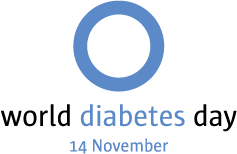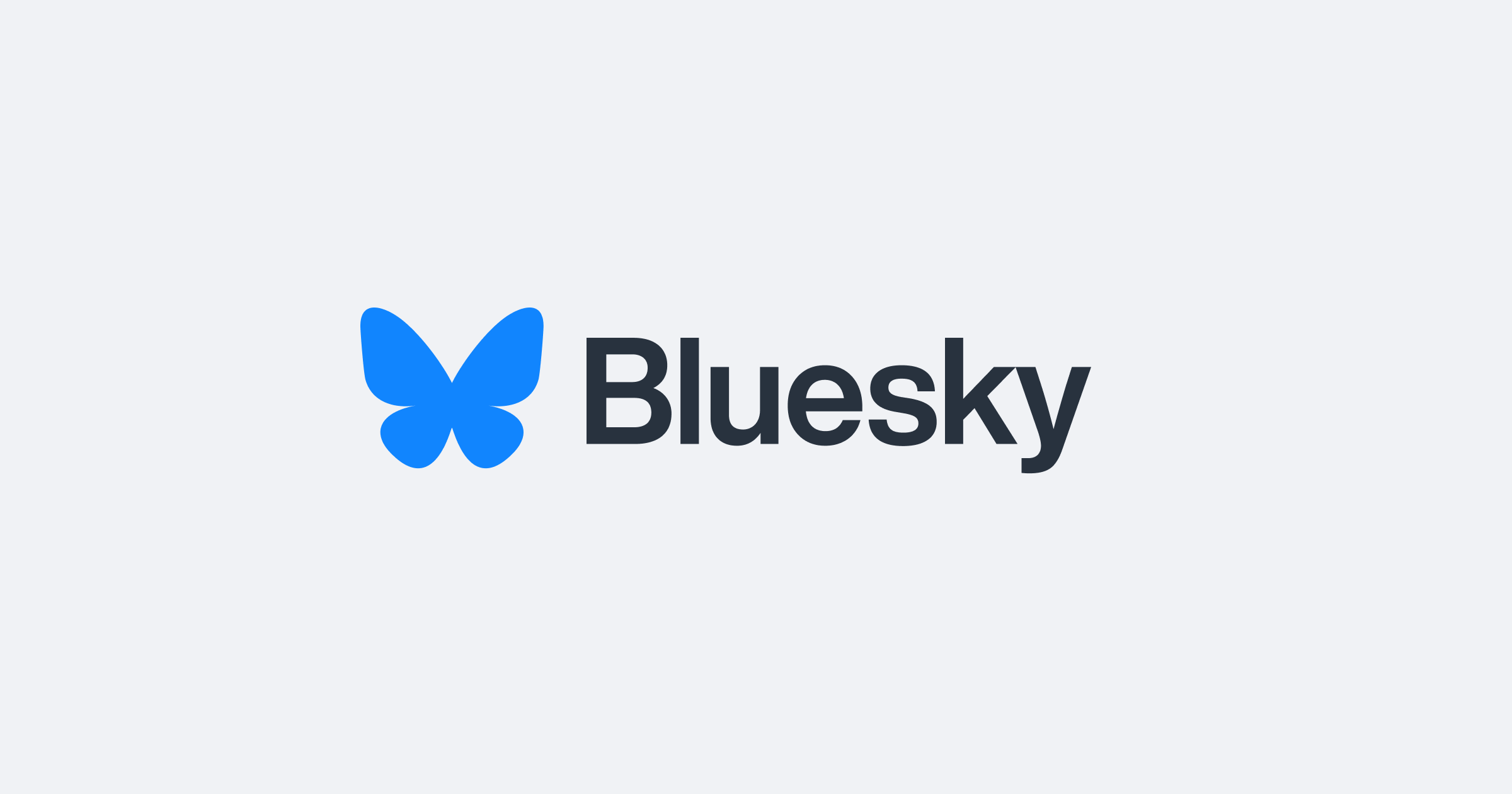The GLP-1 RA market is experiencing rapid growth, fueled by the success of key peptides from Eli Lilly and Novo Nordisk. With new products in development and expanding treatment indications, the market is well positioned for continued advancement. The strategic efforts of these companies, coupled with ongoing innovation and research, are set to drive the future of diabetes management.
Key Points
- Market Surge: GLP-1 RA sales have experienced exponential growth, reflecting increased demand and acceptance in the diabetes treatment landscape.
- Key Drivers: Factors driving this growth include improved patient outcomes, expanded indications, and increased awareness of GLP-1 RA benefits.
- Competitive Landscape: The market is highly competitive, with two pharmaceutical companies investing heavily in GLP-1 RA development and marketing.
- Economic Impact: The rising sales of GLP-1 RAs have significant economic implications, including increased healthcare spending and impacts on insurance coverage.
- Future Outlook: Projections indicate continued robust growth for GLP-1 RA sales, driven by ongoing innovations and expanding therapeutic uses.
Introduction
As the healthcare industry continues to innovate, the market for GLP-1 receptor agonists (RAs) is seeing significant growth. GLP-1 RAs, which have an important role in managing type 2 diabetes (T2D) by improving glycemic control and promoting weight loss, are becoming increasingly popular.
Sales Trends and Market Growth
The GLP-1 RA market has been experiencing substantial growth, primarily driven by four key peptides from pharmaceutical giants Eli Lilly and Novo Nordisk. These peptides - Dulaglutide (Trulicity), Tirzepatide (Mounjaro and Zepbound), Liraglutide (Victoza and Saxenda), and Semaglutide (Ozempic, Rybelsus, and Wegovy) - are at the forefront of driving sales and expanding the market.
Drivers of Growth
- New Product Launches: The introduction of new GLP-1 RAs has provided patients with more options, expanding market penetration, and boosting sales. These new products are often accompanied by improved formulations that enhance efficacy and patient compliance.
- Market Penetration: Enhanced marketing strategies and increased prescription rates have significantly contributed to the market's expansion. The strategic efforts by Eli Lilly and Novo Nordisk have played a pivotal role in this growth.
- Innovations: Continuous research and development efforts have led to the creation of more effective and user-friendly formulations. These innovations not only improve therapeutic outcomes but also increase patient adherence, further driving sales.
Competitive Landscape
Eli Lilly and Novo Nordisk dominate the GLP-1 RA market. Their strong presence is maintained through innovative product offerings, strategic marketing initiatives, and comprehensive patient support programs. Competition is expected to remain strong, with both companies continuously investing in research and development.
Market Outlook
The future of the GLP-1 RA market looks promising, with expectations of continued growth. Several factors contribute to this optimistic outlook:
- Market Forecast: The segment is expected to maintain its upward trajectory, driven by ongoing product innovations, and expanding treatment indications.
- Opportunities: New products in the development pipeline and broader indications for existing treatments promise further market expansion.
- Challenges: Despite the positive outlook, the market faces potential regulatory hurdles and competition from alternative therapies. Dealing with these challenges will be necessary for sustained growth.
Innovation and Research
The GLP-1 RA market is at the forefront of pharmaceutical innovation. Current research focuses on enhancing efficacy, reducing side effects, and improving the delivery methods of GLP-1 RAs. Future advancements are expected to drive further market growth and improve patient adherence, making GLP-1 RAs more accessible and effective for a broader patient population.
Links








